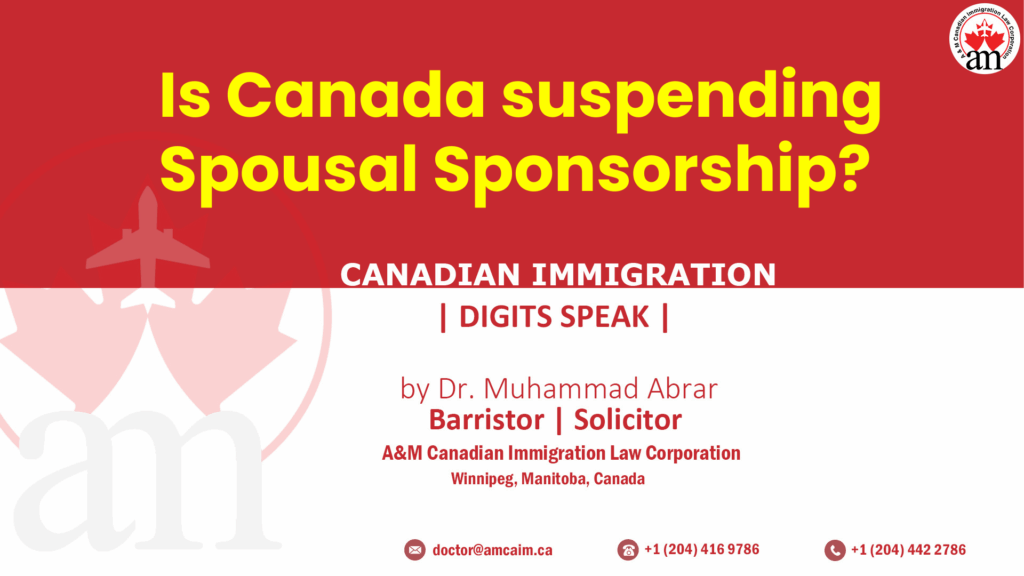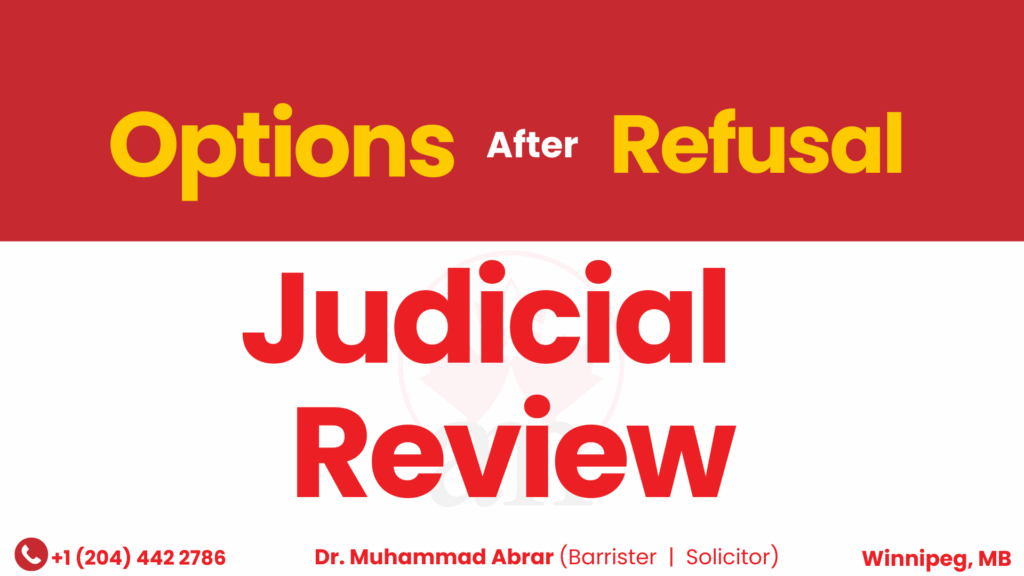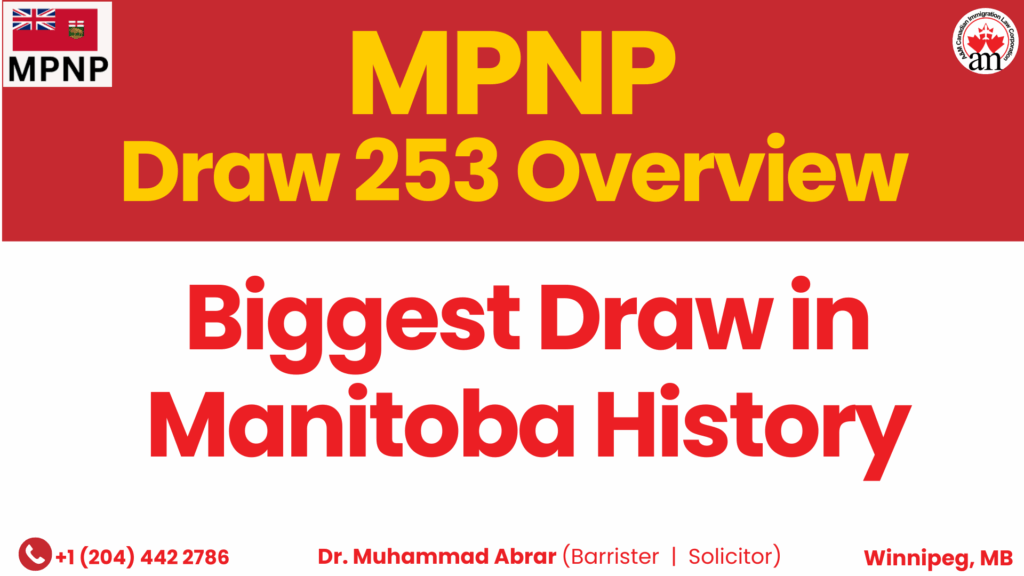
Why Spousal Sponsorship Might Stop in Canada?
https://youtu.be/hHisr9WgAGw?si=qq0MlVdFwlUXRFjc In today’s restrictive immigration climate, there are only two golden routes to secure permanent residency in Canada without IELTS: Refugee claims Spousal sponsorship But the numbers reveal a troubling reality. Refugee Backlog Crisis Over the past five years, refugee applications have skyrocketed: 2021: 55,937 pending 2022: 70,223 pending 2023: 156,032 pending 2024: 272,440 pending First three months of 2025: Already 280,825 pending Yet, in 2024, only 46,000 refugees were accepted, while Canada’s official refugee quota for 2025 is capped at 58,000. That covers barely a quarter of the demand. With these numbers, rejection rates are projected to rise significantly. Refugee Claims Used as a Delay Strategy Some individuals file refugee claims as a temporary solution to buy time, later switching to spousal sponsorship. But the government has been steadily closing such loopholes, including: Restrictions on flagpolling Private college suspensions and caps Changes to PGWP and Spousal Open Work Permit rules Stricter LMIA process On top of this, Bill C-2 has been proposed, which could put a stop to certain refugee claims altogether. What About Spousal Sponsorship? Alarmingly, Quebec has already stopped accepting spousal sponsorship applications. This raises a serious question: will the federal government be next? The Bottom Line Canada’s immigration system is tightening across every pathway. One wrong move could cost you your status, future applications, and years of hard work. Now is the time to act carefully and legally. Book your first free in-person consultation today to explore the best options available before it’s too late.








